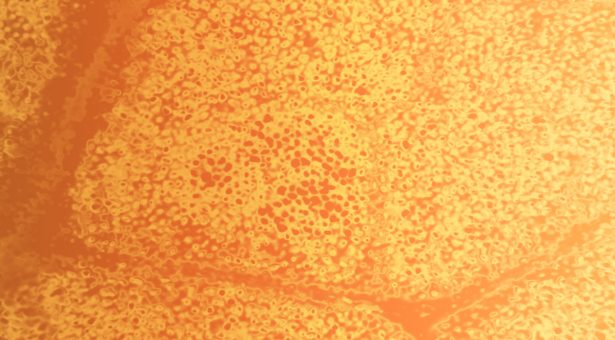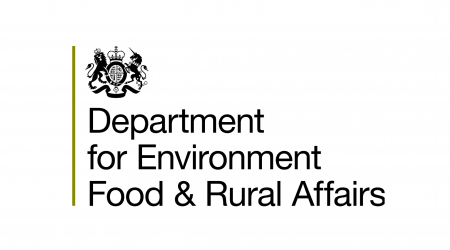Flu sends scientists dipping for gold

Researchers on the Norwich Research Park have patented a quick, simple dipstick flu test using sugar labelled with gold.
Quick diagnosis of flu is important because vaccination and antiviral drugs need to be administered to patients within 48 hours of infection to prevent new pandemics arising.
“We are now looking for a diagnostics company to help us bring it to market,” said Professor Rob Field from the John Innes Centre.
He and Professor David Russell from the University of East Anglia found that a gold solution changes colour in the presence of the flu virus. And the colour it changes to differs according to the strain of flu.
Results published in Organic & Biomolecular Chemistry show that gold nanoparticles can be used to detect the human influenza virus X31 (H3N2) within 30 minutes and to distinguish between human and avian influenza.
Professor Field explains that 90% of human infections use carbohydrate recognition to bind with targets in the body. The sensor is a suspension of sugars tagged with gold particles. If the flu virus is present, it will attach to a sugar, pulling particles closer together. Human and avian flu have a preference for different sugar chains resulting in a colour change visible to the naked eye.
“The same basic principles can be applied wherever rapid detection is required from detecting superbugs in hospitals to biohazards such as ricin,” said Professor Field.
The researchers have already developed a carbohydrate-based sensor to detect cholera in contaminated water supplies.
“Our technique based on gold nanoparticles is much faster than current methods of detection,” said Professor Russell from UEA.
Professor Russell leads a spinout company, Intelligent Fingerprinting, based on drug and drug metabolite screening using the sweat contained in fingerprints. Government funding is being used to develop a patented handheld device for use in Accident and Emergency and coroner services.



